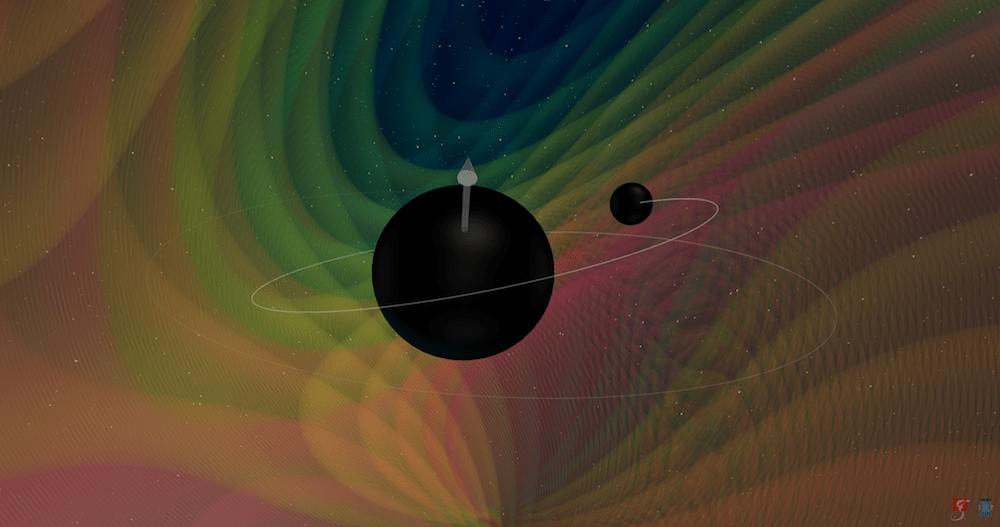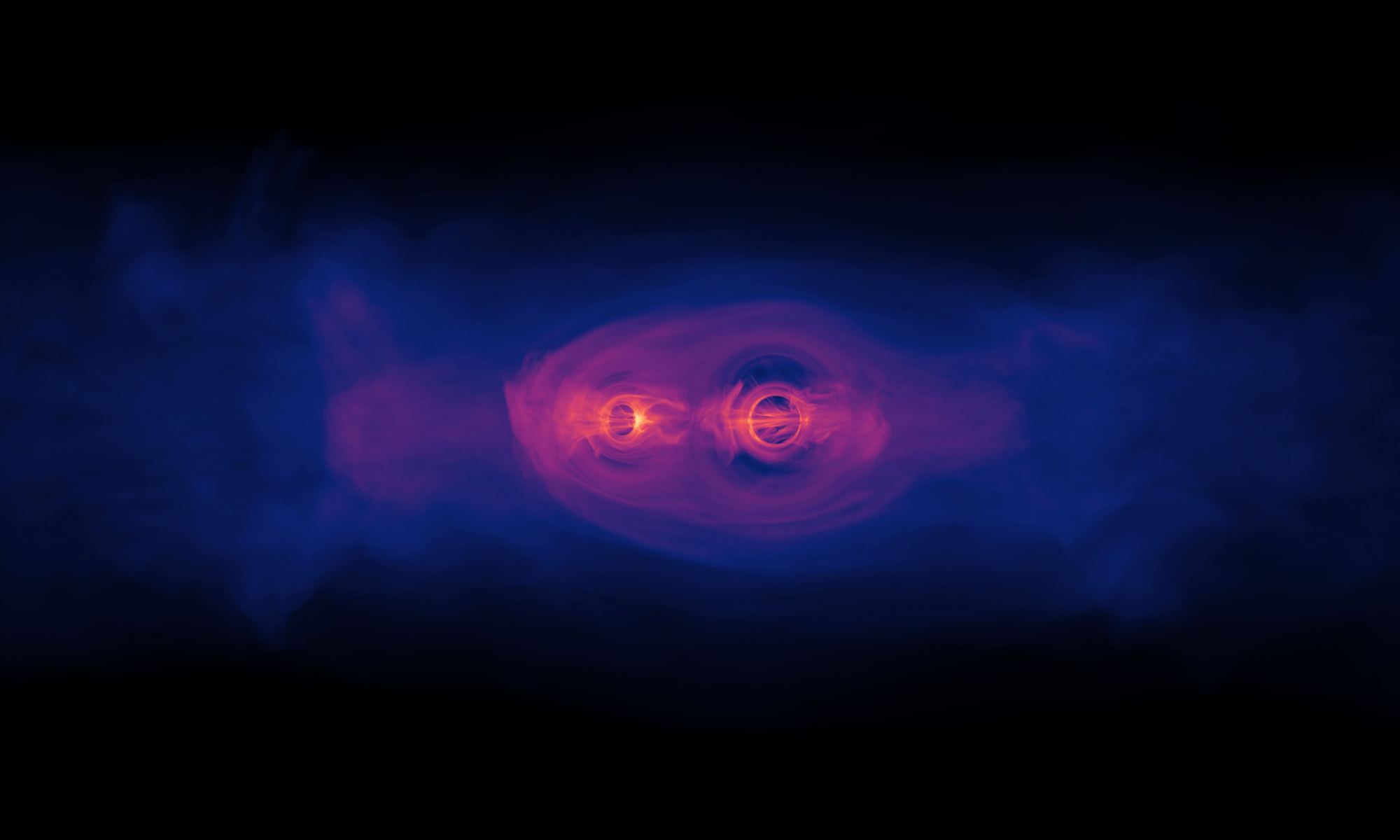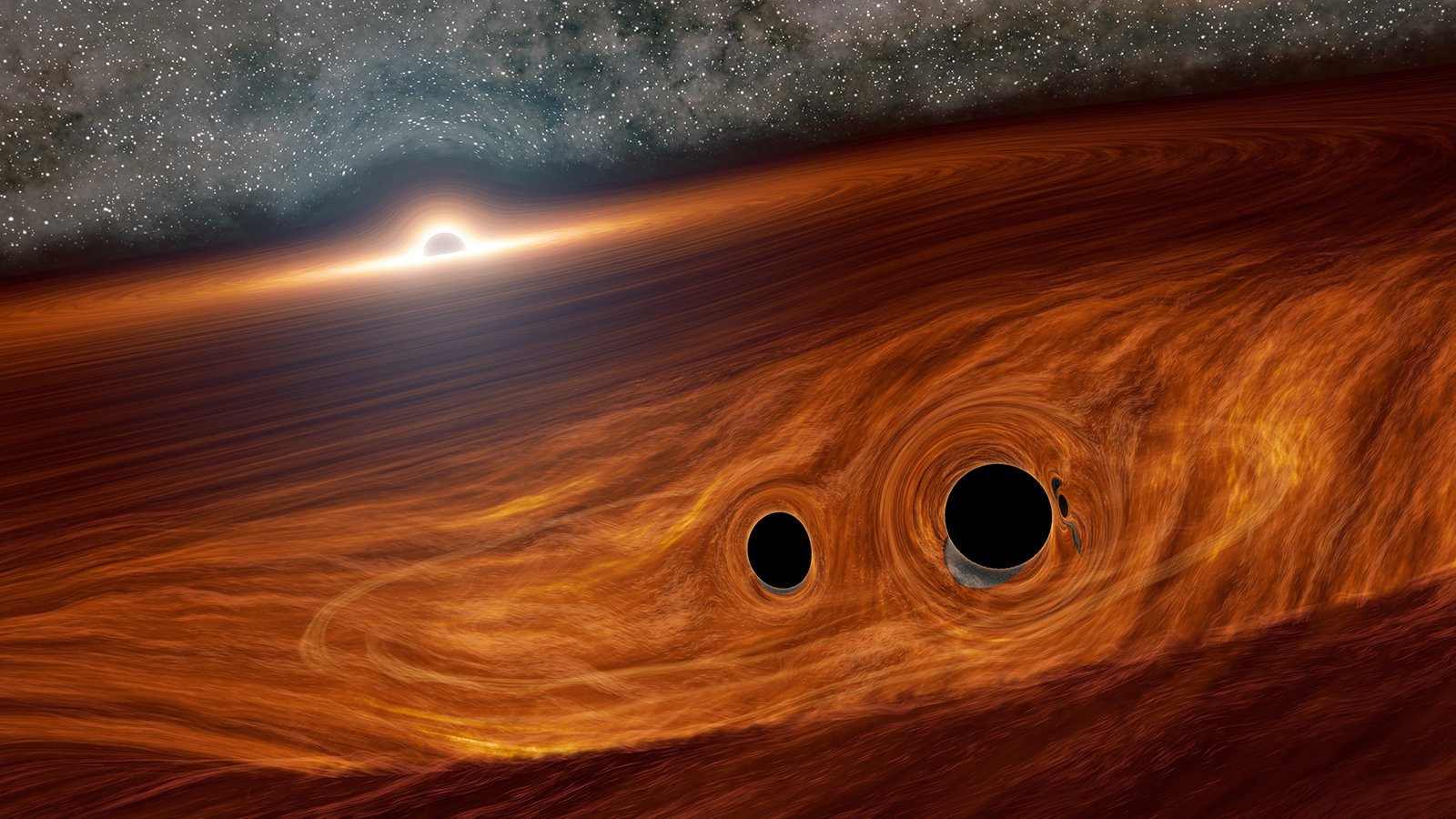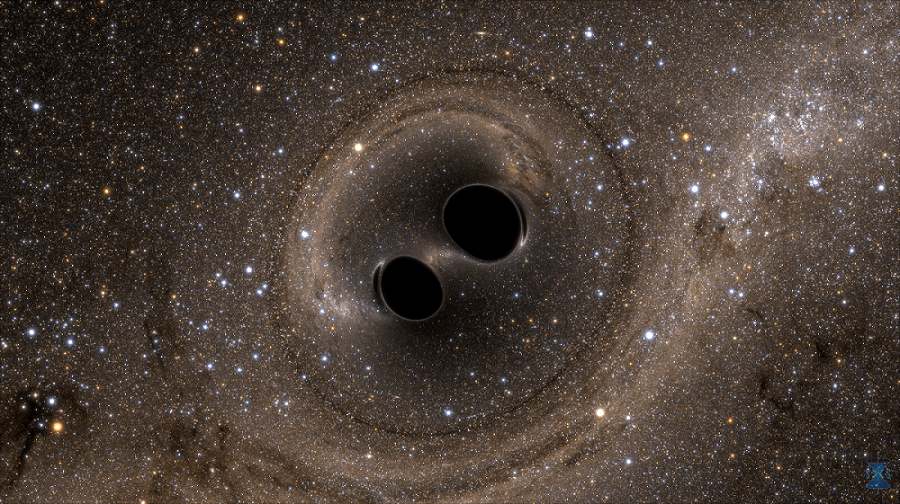Black holes are the most massive objects that we know of in the Universe. Not stellar mass black holes, not supermassive black holes (SMBHs,) but ultra-massive black holes (UMBHs.) UMBHs sit in the center of galaxies like SMBHs, but they have more than five billion solar masses, an astonishingly large amount of mass. The largest black hole we know of is Phoenix A, a UMBH with up to 100 billion solar masses.
How can something grow so massive?
Continue reading “Ultra-Massive Black Holes: How Does the Universe Produce Objects So Massive?”









